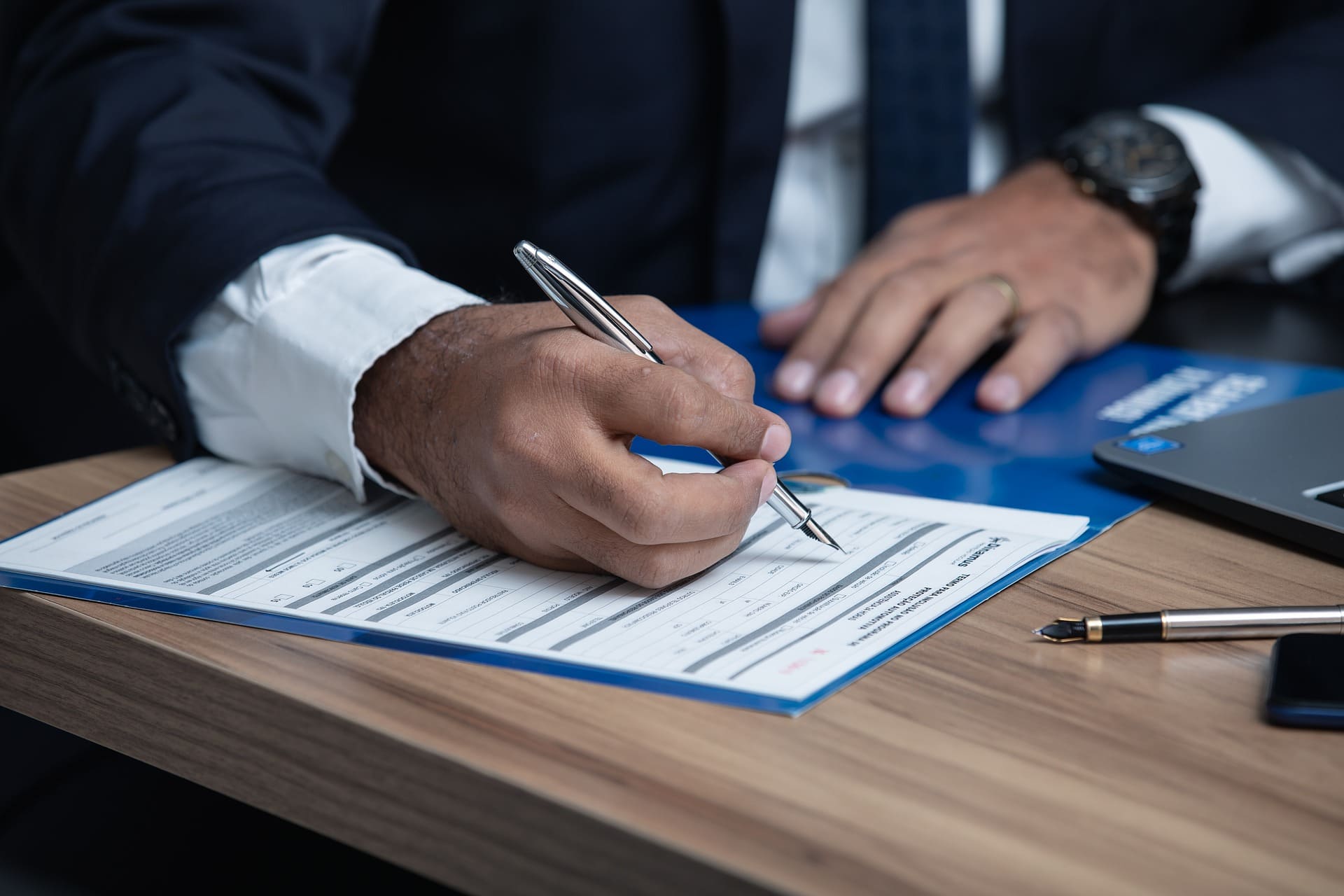 The Times has completed an article today on the brain being tricked in to feeling pain and the methods being undertaken to try and reverse the process.
The Times has completed an article today on the brain being tricked in to feeling pain and the methods being undertaken to try and reverse the process.
This assumption is based on the findings of Mr Craig Murray, a neuroscientist based at Lancaster University. He discusses ‘phantom limb’ syndrome. This, as the name suggests, is where amputees are still able to experience sensations such as clenching a fist or swinging a leg, despite no longer possessing that body part.
This weird phenomenon has traditionally been explained by the suggestion that nerve endings, traumatised due to injury or the amputation, must be misfiring and sending the wrong signals to the brain. However, Mr Murray has found in his studies that the pain or sensations felt by victims of accidents are often related to accidents prior to the trauma which caused their amputation and may be psychological in origin.
One individual in Mr Murray’s study stated that he was in pain from a foot injury suffered years before his accident as a result of a train running over his foot and not from the road traffic accident which caused him to lose him leg.
One of the more commonly occurring conditions following an accident is chronic pain, that is to say long-term pain, for which medical experts can often find no physical source. This study could help to identify why the brain is sending signals to areas of the body where there can clearly be no pain where a limb doesn’t exist. Mr Murray has been placing participants in his study in to virtual reality representations to try and help them alleviate pain, providing them with a psychological outlet for them to utilise their missing limb(s) and this has led to some cases of participants finding an alleviation of the pain or irritation that they felt in the area where the limb existed.
Despite the physical presentations of pain, it appears evident that this is a psychological problem but if the root of the problem can be explored with amputees and we can learn to understand why the brain is creating these feelings, then there may come a time when we find methods to eliminate this mental process and alleviate long standing injuries which have no physical source.

 The Times has completed an article today on the brain being tricked in to feeling pain and the methods being undertaken to try and reverse the process.
The Times has completed an article today on the brain being tricked in to feeling pain and the methods being undertaken to try and reverse the process.









